Experts Dish on the Truth Behind Common Alcohol Myths
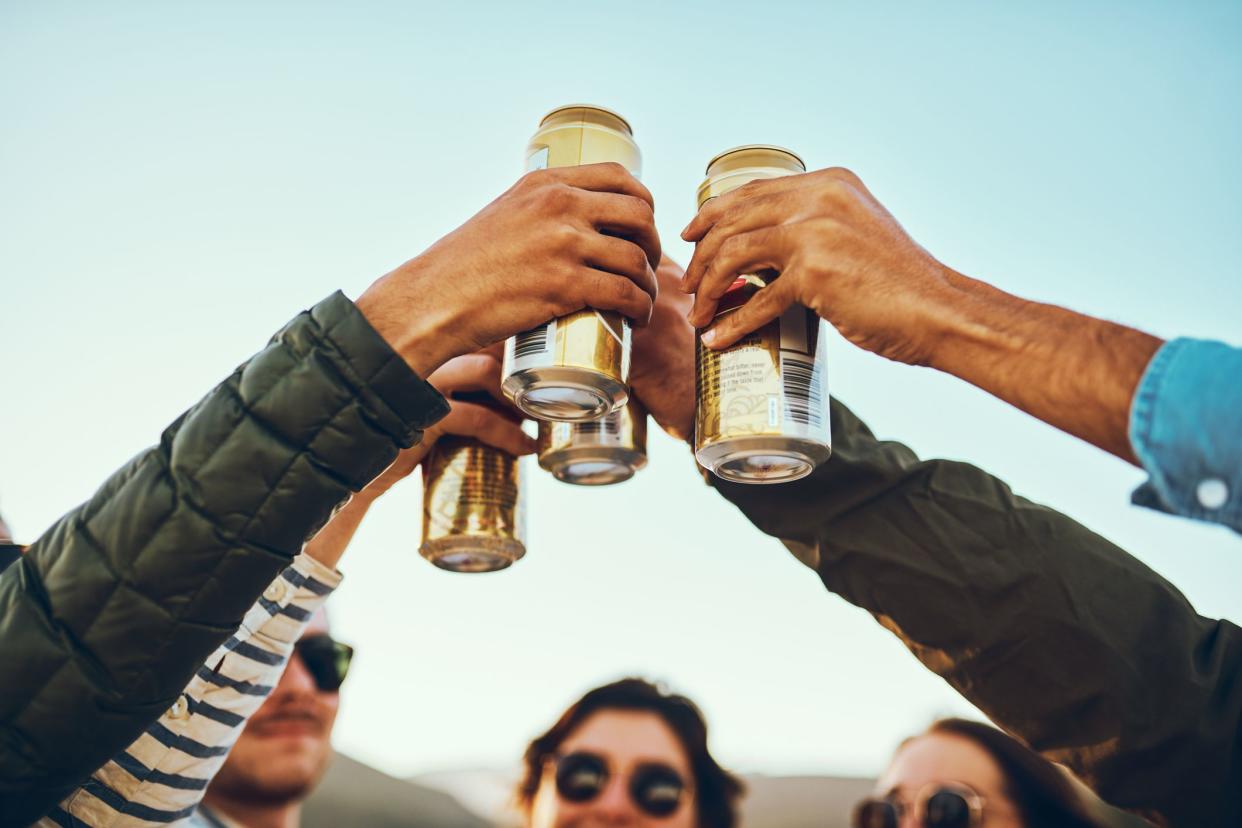
Booze Rules
Humans' relationship with alcohol goes back roughly 10 million years — and we've likely been imbibing to excess just as long. Here are some common myths about drinking as well as some gray areas to keep in mind, especially if you're debating whether to choose non-alcoholic drinks during a cocktail hour or attending a party. Do you know of other myths about alcohol, or have experiences to share where you stumbled across one of these? Let us know in the comments.
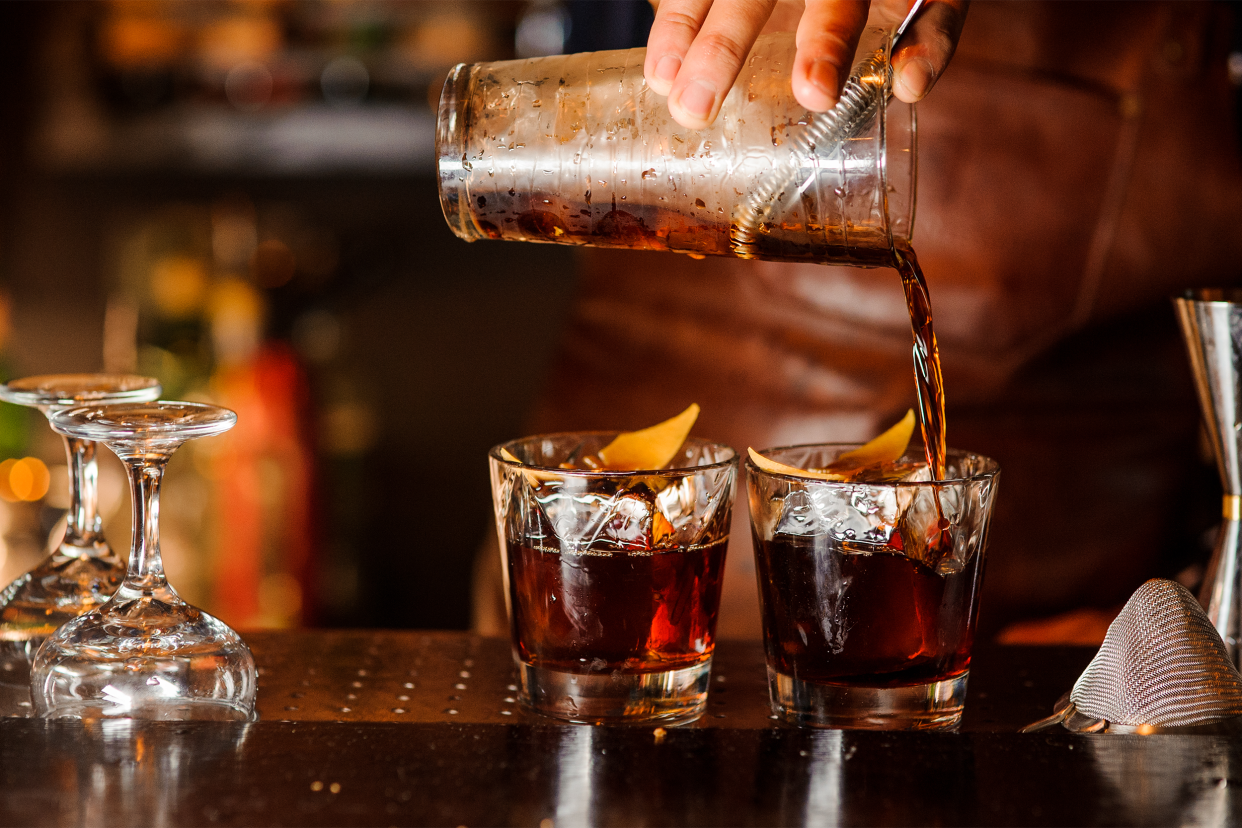
Myth: Keeping Track of How Much You Drink Is Easy
You might think you are exercising moderation by enjoying a glass of wine an hour, but how big is that glass? The National Institute on Alcohol and Alcohol Abuse defines a "standard drink" as 14 grams of pure alcohol, which it quantifies in these amounts:
12 ounces of beer
8 to 9 ounces of malt liquor
5 ounces of wine
1.5 ounces of 80-proof spirits
Many restaurants pour 7 to 8 ounces of wine for their guests rather than 5 ounces, and many wines are often well over the 12% alcohol level. Red wines in particular can have alcohol contents closer to 15% or 16%.

Myth: You're Safe to Drive with the 'One Drink per Hour' Rule
You may not want to rely on the one-drink-per-hour concept. It is based on the average rate at which someone can reduce blood alcohol concentration level, which is by 0.015 each hour (0.015 grams per 100 milliliters per hour). That means that if you have a blood alcohol concentration level of 0.08, the point at which it is illegal to drive in many countries, it takes about 5.5 hours to reduce the level to 0.00.

Myth: One Drink Is the Same for Everyone
There are differences in how people metabolize alcohol, and your body's rate of alcohol metabolism depends on your gender, age, weight, genetics, use of medications, and the amount of food you had before and during drinking. There are apps that can help calculate blood alcohol concentration level, such as Drink Control and the Drinks Meter.
For more great news on food and drink, please sign up for our free newsletters.
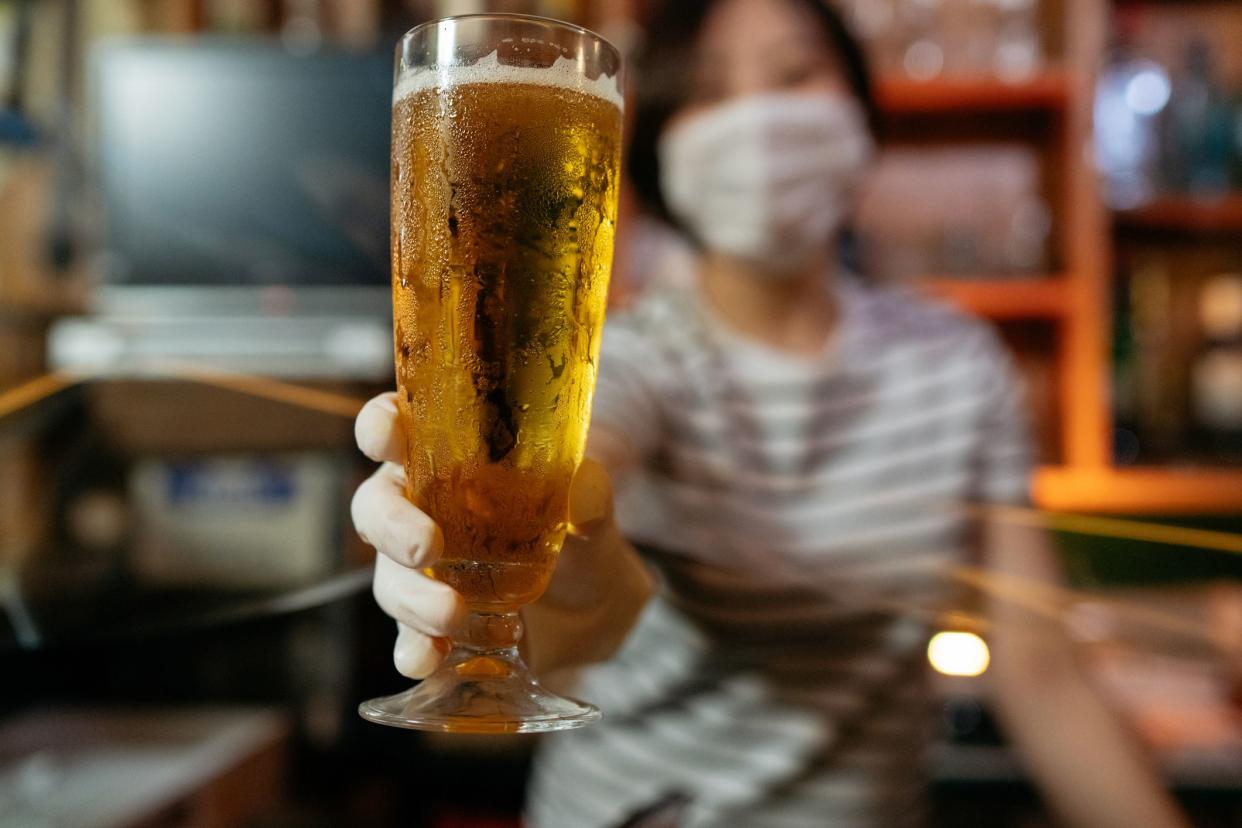
Myth: You're Safe to Drive If You Have One Last Drink Before You Go
Not so fast. Your blood alcohol level is still rising for another 45 to 90 minutes after you leave the bar and hit the road. If you are stopped, you might well test in the driving-under-the-influence range and be subject to legal penalties. A breathalyzer captures what your BAC level is at that moment, but it doesn't predict the future.

Myth: Alcohol Leaves Your System Within Hours
Trace amounts of alcohol are measurable in your breath and saliva up to 24 hours after drinking. The average urine test detects alcohol between 12 and 48 hours after consumption, while more sensitive tests can detect it as long as 80 hours after drinking. Hair provides the longest record of alcohol intake, up to 90 days after drinking.
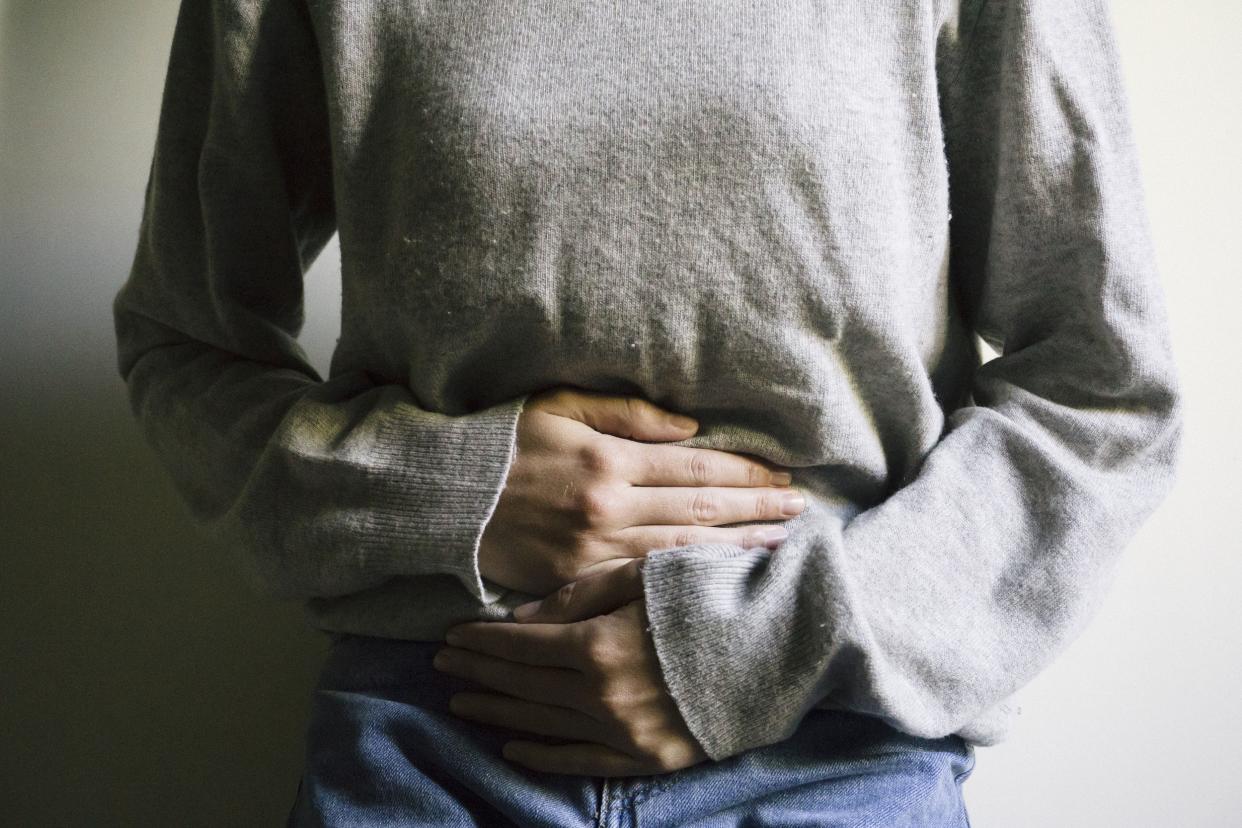
Myth: The Only Organ Affected by Alcohol Is the Liver
Actually, alcohol affects many systems and organs in your body. These include the tongue, mucosa of your mouth, throat, esophagus, stomach, small intestine, kidneys, pancreas, bladder, and brain. While the liver facilitates a significant absorption of alcohol, all of the systems and structures involved with metabolizing alcohol are at increased health risk for cancer and other issues.

Myth: Alcohol Affects Women More Than Men Because They're Smaller
While body mass has some impact, the more important factor is body composition. Females have a higher percentage of adipose (fatty) tissue relative to muscle in their bodies, as well as a lower percentage of body water relative to males. The concentration of alcohol remains higher in women for longer because it is metabolized by a smaller amount of tissue. In contrast, alcohol can be absorbed by almost 70% of the body tissue of an average adult male. Females also metabolize alcohol differently because they tend to have less activity of a particular enzyme, alcohol dehydrogenase, that facilitates the breakdown of alcohol.
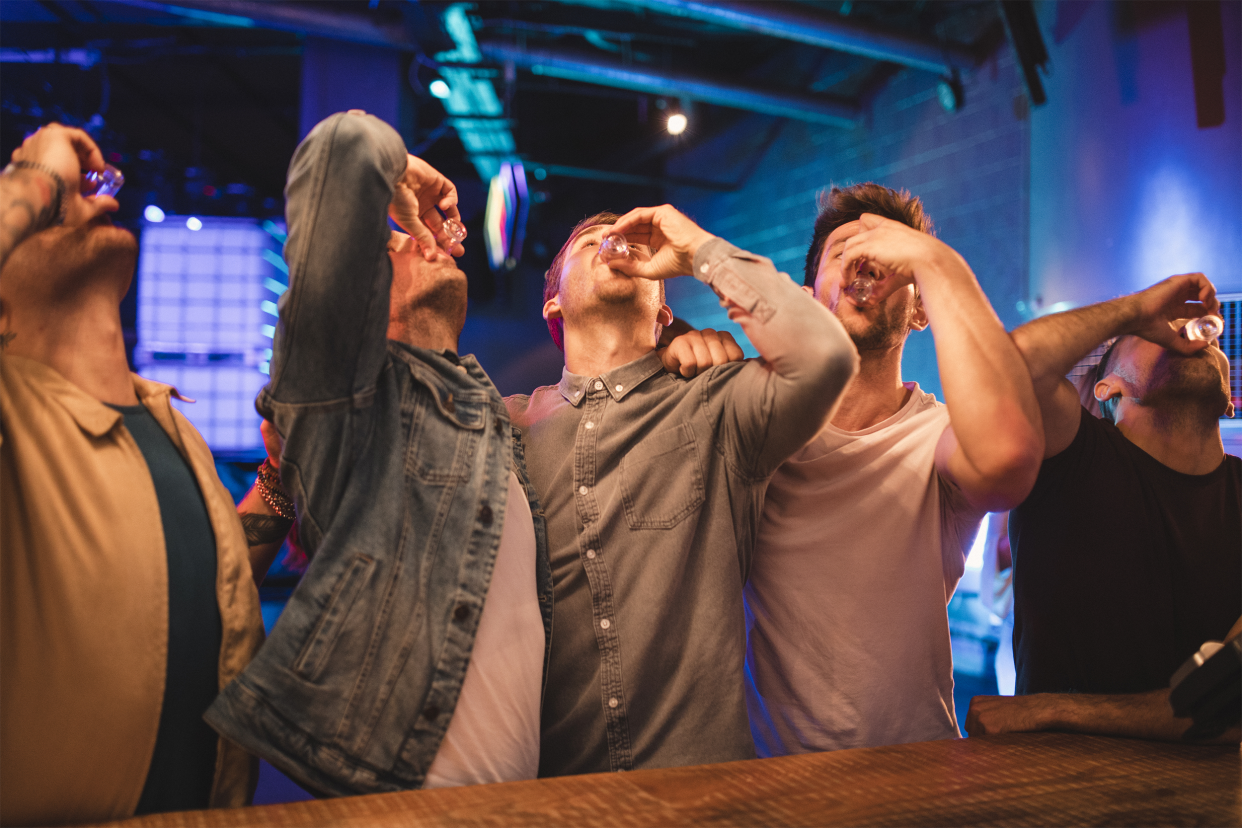
Myth: It's an Asset to Be Able to "Hold Your Liquor"
If you have a capacity for significant alcohol intake without experiencing evident intoxication, you may have symptoms of systemic damage due to chronic alcohol abuse. Tolerance is one symptom of an alcohol use disorder. It can also indicate that your body is now employing two additional liver enzymes, catalase and CYP2E1, to metabolize alcohol due to your high level of alcohol consumption. When activated, these enzymes produce a type of molecule that is carcinogenic and results in damage to the liver, pancreas, and brain.

Myth: A 'Nightcap' at the End of an Evening Helps You Sleep
Dream on, as the saying goes. About 1 in 5 Americans reach for alcohol as a remedy for insomnia, and yet alcohol can seriously disrupt restful sleep. Even alcohol consumed several hours before bedtime can hurt sleep quality. The long-term effects of compromised sleep include increased risk of cardiac issues, lowered immunity to illness, and psychological disorders such as depression and anxiety. Also, your deepest and most restorative sleep (about 75% of your total night's sleep) is interrupted by alcohol in wakefulness and restlessness throughout the night.
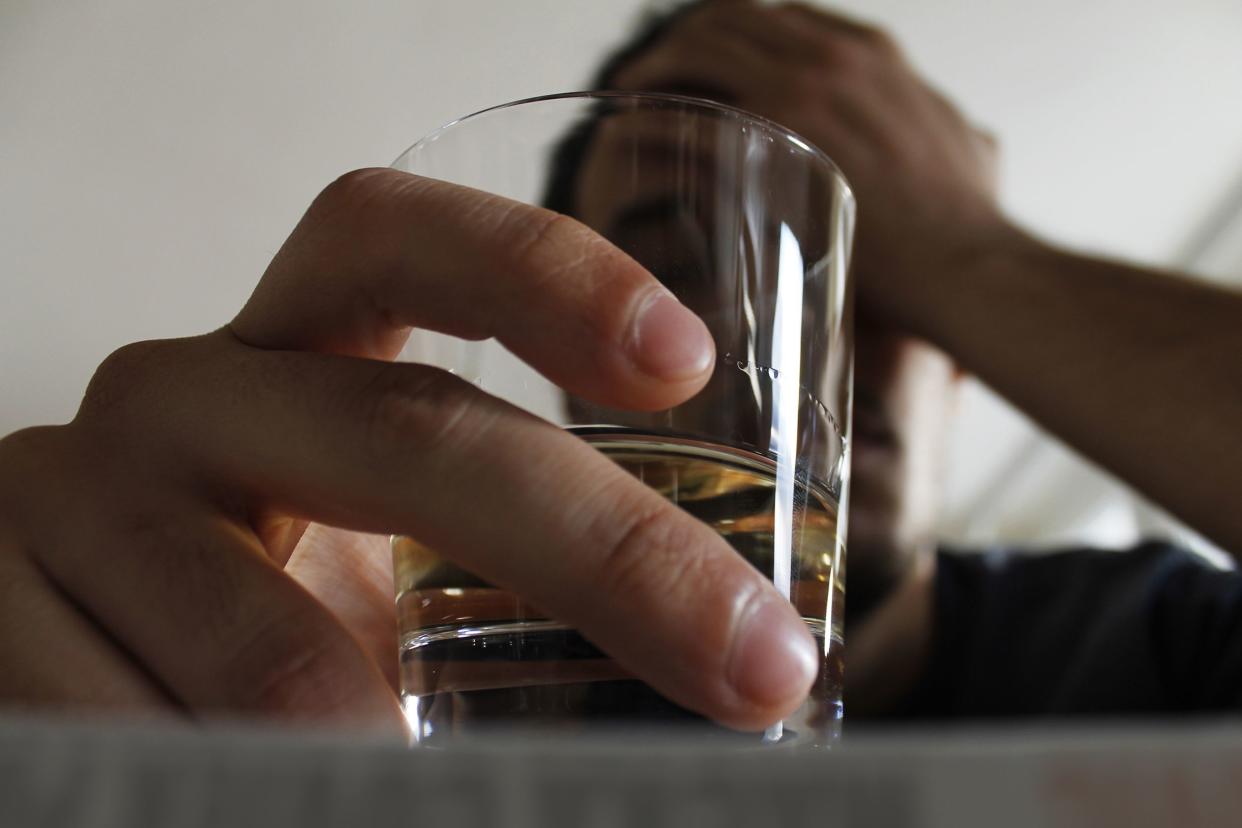
Myth: Alcohol Is a Pain Reducer
If you are going to use alcohol to reduce pain, be prepared to binge drink. Researchers found that it takes a blood alcohol level of 0.08 for a small reduction in pain intensity and pain perception. That is the equivalent of four standard drinks for females and five for males within two hours. Achieving blood alcohol levels this high puts you at risk for car accidents, injuries, and long-term alcohol dependence. Another risk of relying on alcohol to relieve pain is that long-term use of alcohol can actually produce physical and psychological pain.
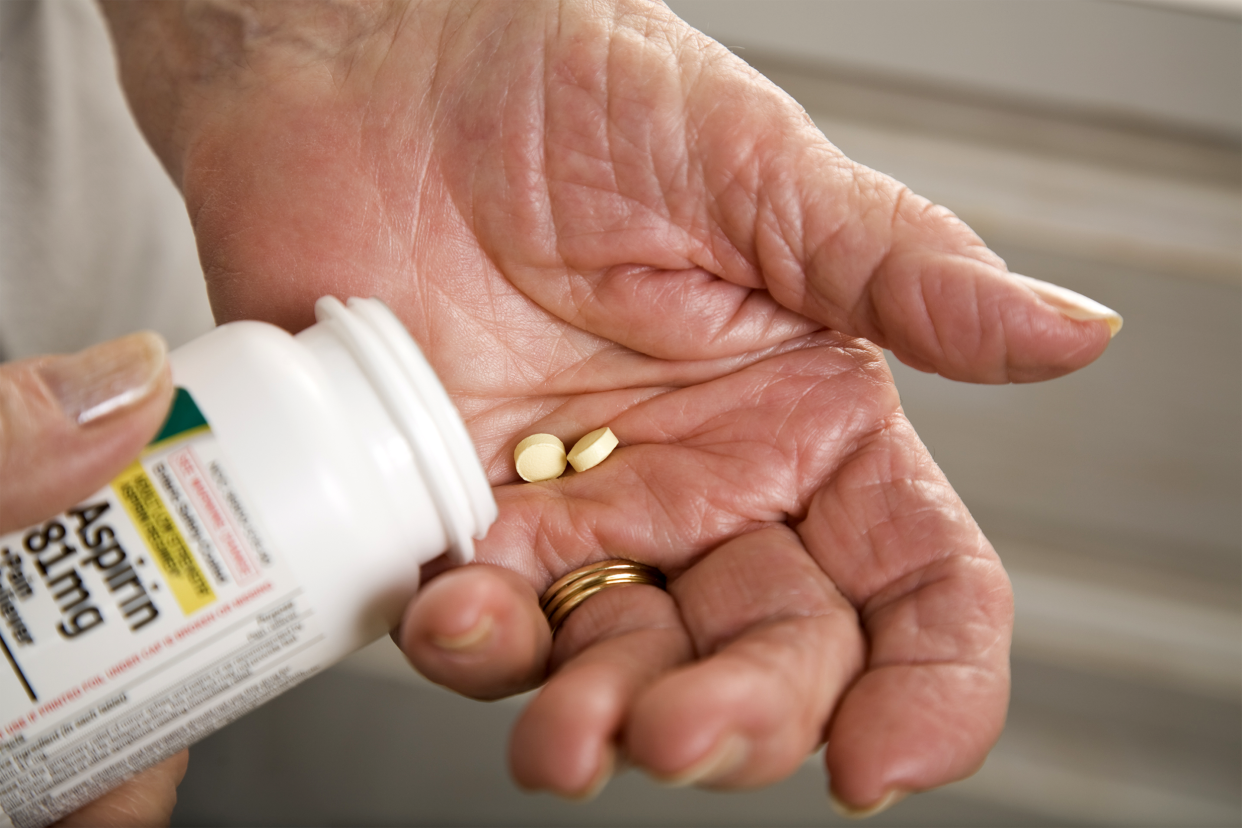
Myth: It's Okay to Have a Drink With Tylenol, Xanax, or Aspirin
Even when acetaminophen (Tylenol) is used at recommended doses, consuming alcohol creates significant toxicity in the liver and puts you at risk for liver failure. When taken together, alcohol and aspirin increase the potential for gastric bleeding. Mixing alcohol and benzodiazepines, such as Xanax or Valium, amplifies the sedative effects of both, resulting in serious risks due to depressed cardiac or respiratory functions.
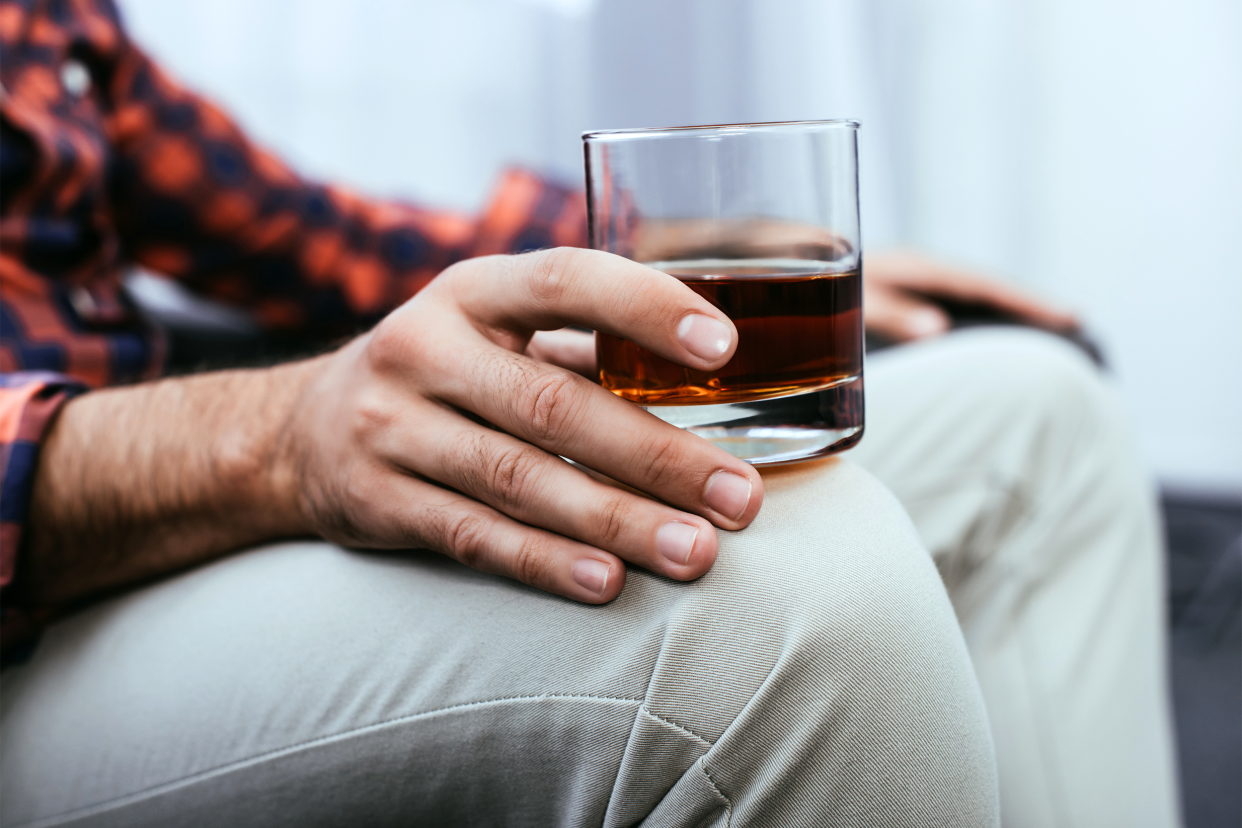
Myth: Heavy Drinkers Feel Less Pain
When surgery candidates were frequent alcohol users, this lowered the effectiveness of pain medications necessary for their surgury and recovery. They needed a higher dosage of opiates to manage pain.

Myth: Alcohol Helps to Warm You Up on Wintery Days
Try a hat and gloves instead. Alcohol is a vasodilator, meaning it dilates blood vessels and causes increased blood flow. Once it enters the bloodstream, alcohol brings a lot of body heat to the surface and causes you to feel warm and flushed. On a cold day, it results in a net loss of body heat as you release warmth through the surface of your skin.
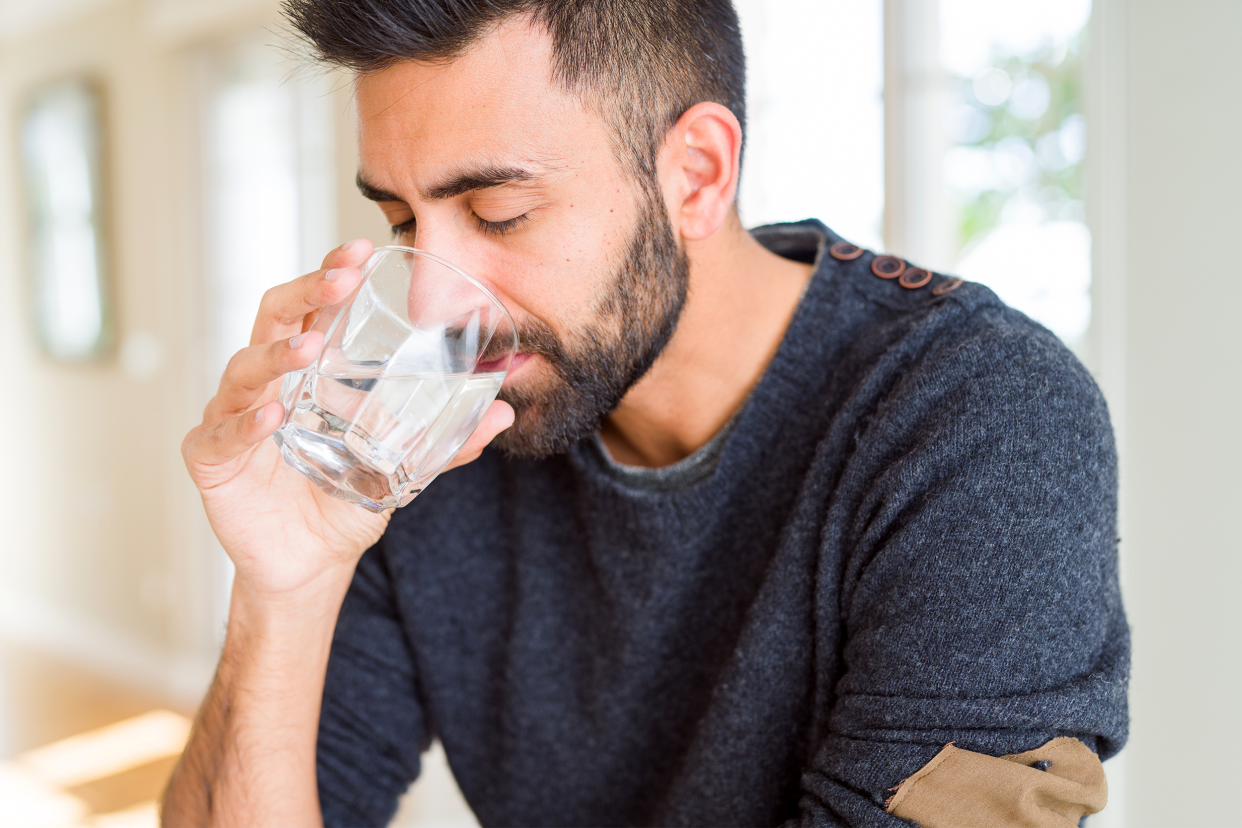
Myth: Drinking Coffee or Water Will Sober You Up
Time is the only answer on this one. Once alcohol is consumed, your liver can only absorb a fixed amount within an hour. Coffee may help you to feel more awake, but it does not alter your blood alcohol level. Coffee, like alcohol, is a diuretic, meaning it increases the loss of bodily fluids and water through urine. While water may be a better antidote for preventing dehydration after drinking, it won't sober you up.
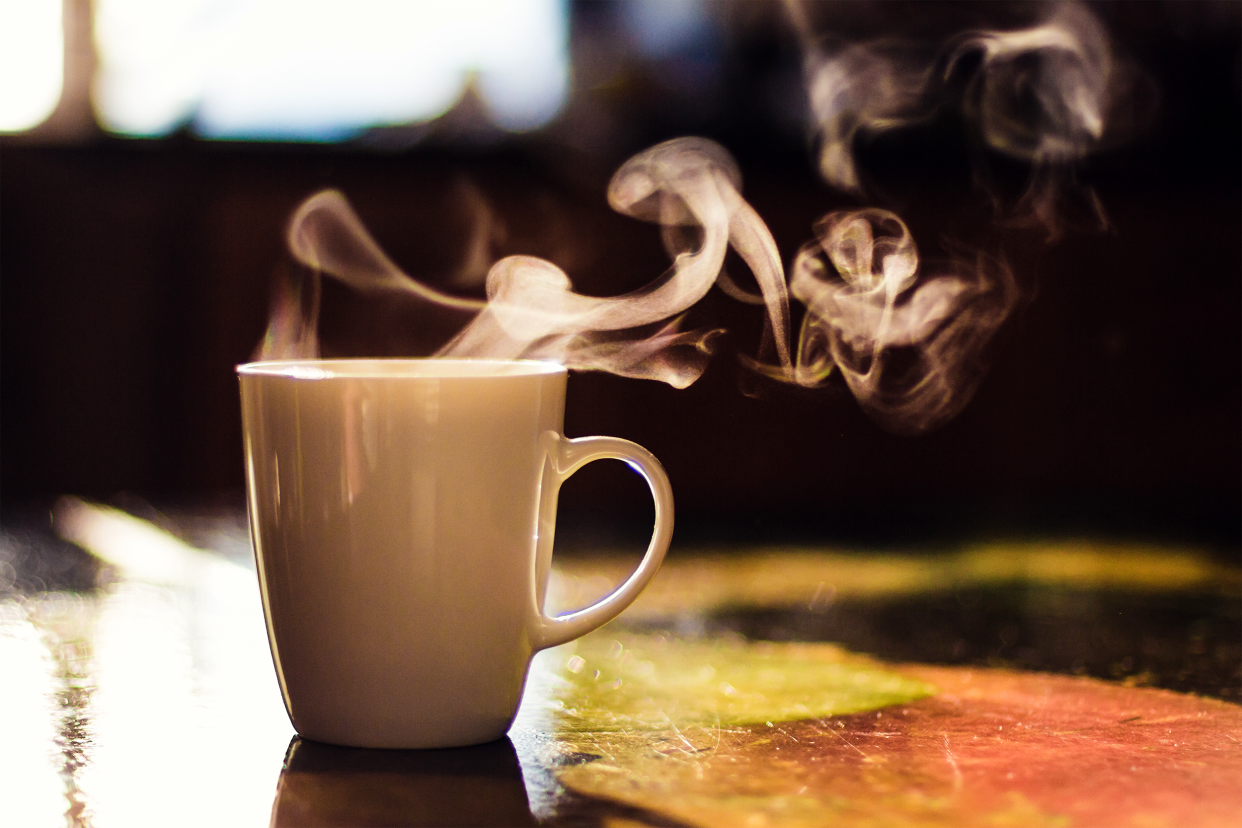
Myth: Nothing Helps a Hangover
There is one way that coffee can be helpful: Since many hangovers are caused by vasodilation in the head, resulting in increased blood flow and pounding headaches, caffeine helps counter the effect. Coffee and tea are vasoconstrictors, meaning they constrict blood vessels in the brain.
Related: Hangover "Cures" Debunked

Myth: If You Have a Drinking Problem, AA Is the Only Option
There are actually many pathways to address problematic drinking, and researchers are increasingly focusing on interventions based on more individualized approaches. SMART is a self-help program that emphasizes science-based concepts as opposed to the spiritual growth found in AA. It focuses on recovery as a behavioral change process that includes motivational strategies, coping skills, relapse prevention, and developing healthy self-care routines. There are meetings as well as online resources.

Myth: Therapy Can't Fix Alcoholism
Many therapy groups and counselors offer help with drinking problems. She Recovers offers women support through meetings, workshops, apps, and online tools in addressing a variety of psychological concerns, including eating disorders, chemical dependency, and unresolved trauma. Much of the counseling addresses ambivalence about change, challenging unhelpful beliefs, and developing skills.

Myth: People Drink Less Than They Used To
A 2017 study published on patterns of alcohol use and misuse is raising real alarm in public health circles. The results of this study compared patterns of alcohol use from 2012-2013 to use in 2001-2002 and found that the rate of alcohol use rose more than 11%; the rate of high-risk drinking increased almost 30%; and the rate of alcohol use disorder increased almost 50%. The rates of high-risk alcohol use and alcohol use disorders rose for women, almost every ethnic group, and people over the age of 65. Clearly, something is changing in our attitudes toward alcohol and our drinking practices.
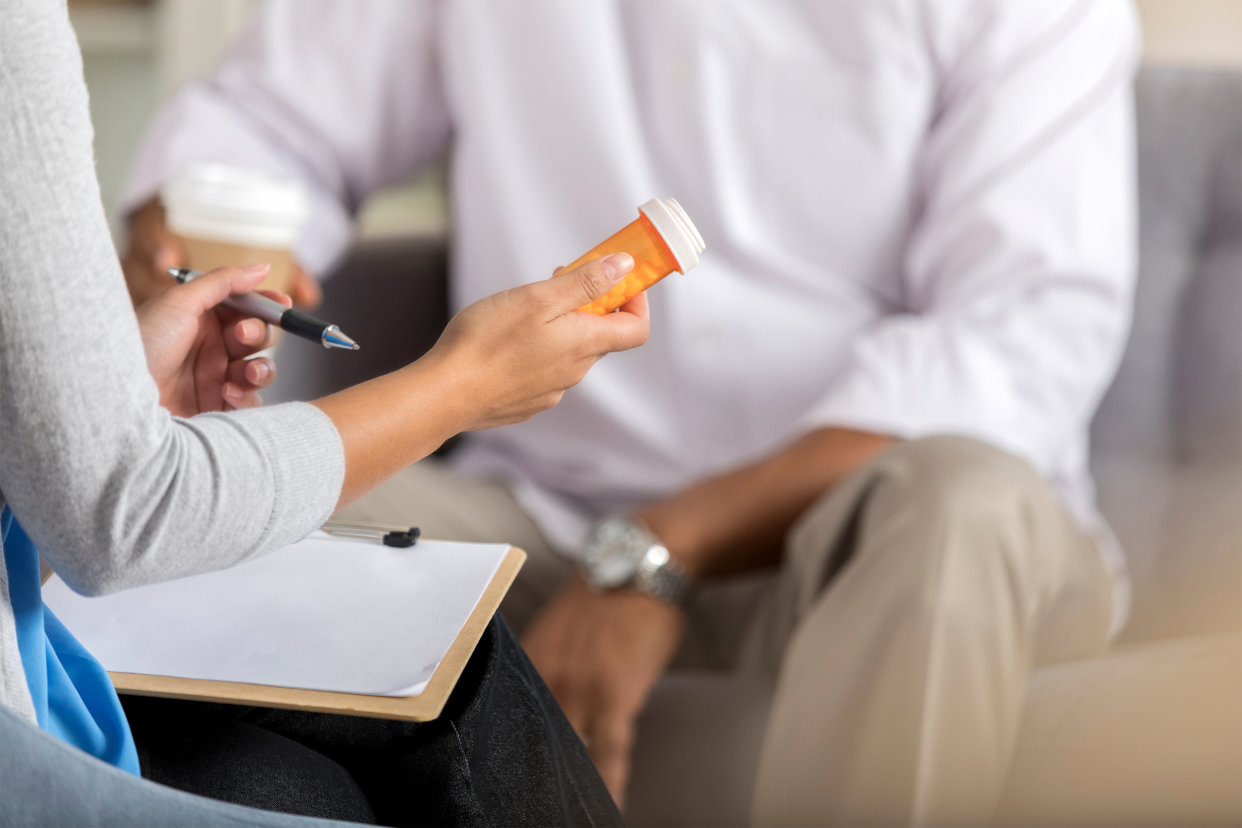
Myth: Medication Doesn't Help Alcohol Problems
Medications that address alcohol craving, such as Vivitrol, ReVia, and Campral, are under-utilized in treating alcohol addiction despite have proven efficacy in controlled addiction studies. Research published in 2006 demonstrated that the combination of medication with medical management was significantly more effective than other interventions in reducing alcohol dependency and maintaining sobriety.

Gray Area: Alcoholism Is Genetic
Genetics may play some role in the development of alcohol use disorders, but DNA is far from destiny. Environmental and social factors also play a role in determining use and misuse. It is likely that multiple genes account for the increased risk of an alcohol problem, not a single gene. One review put the genetic contribution at about 50%. When parents have an alcohol use disorder, the probability that their children will develop one is about 2 to 6 times more than for the general population.
Try Cheapism Search and Save, a tool that lets you search the web and see the latest from Cheapism.com, all in one place.

Gray Area: Drinking Is Good for Physical and Emotional Well-Being
The key factor here has to do with quantity. A small intake of alcohol may provide a few benefits, such a transient lift in mood, a reduced level of LDL cholesterol, and minimized risk of cardiovascular disease. These benefits disappear when you exceed the modest amounts suggested by the National Institute on Alcohol Abuse. If you want to improve your health and mood, better strategies are to eat a healthy diet, sleep seven to eight hours nightly, exercise regularly, and have a balanced lifestyle.
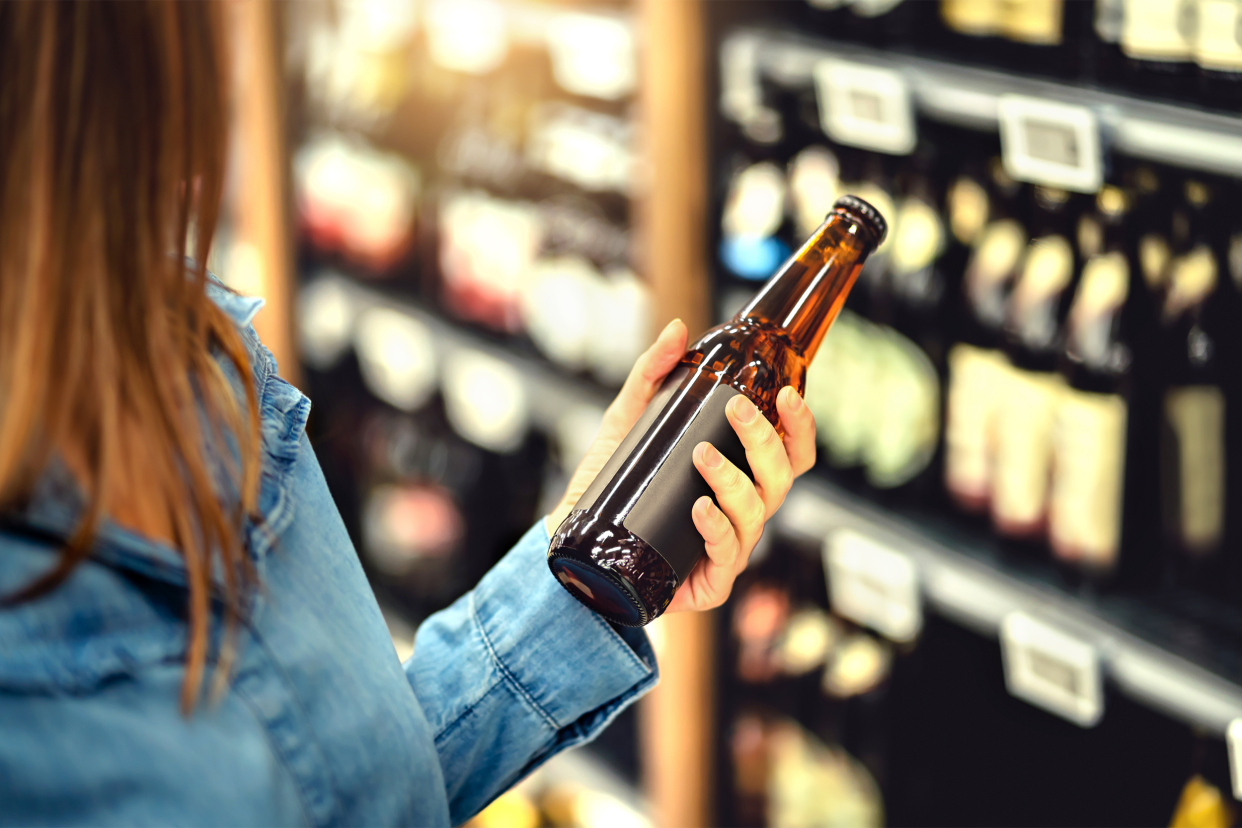
What You Can Do
After reviewing some of the common myths and gray areas in your relationship with alcohol, you can reassess the role alcohol has in your life. There are resources available if you want to explore these questions further. Rethinking Drinking is a site that outlines various ways to drink more thoughtfully and offers suggestions for modifying intake.
This article was originally published on Cheapism

More From Cheapism
Like Cheapism's content? Be sure to follow us.
